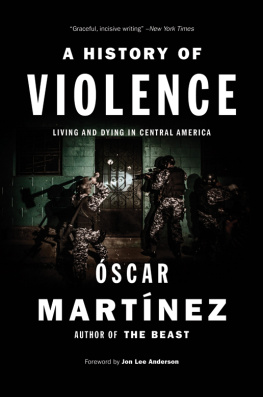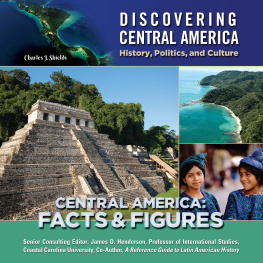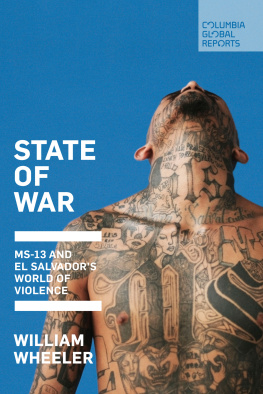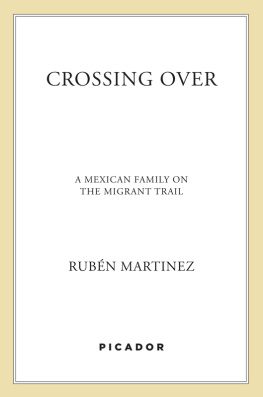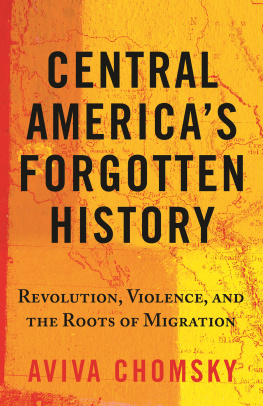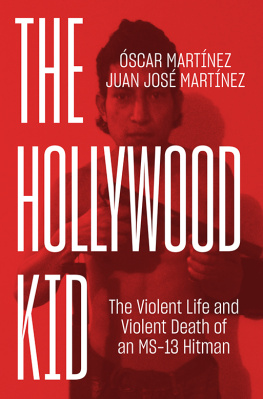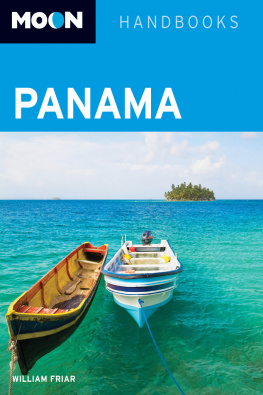A History of Violence
Living and Dying in
Central America
scar Martnez
Translated by
John B. Washington
and
Daniela Ugaz
Foreword by
Jon Lee Anderson

First published by Verso 2016
Translation John B. Washington and Daniela Ugaz 2016
Foreword Jon Lee Anderson 2016
This book is based on a series of articles scar Martnez wrote for the Latin American news website elfaro.net and published under the rubric Sala Negra.
All rights reserved
The moral rights of the authors have been asserted
1 3 5 7 9 10 8 6 4 2
Verso
UK: 6 Meard Street, London W1F 0EG
US: 20 Jay Street, Suite 1010, Brooklyn, NY 11201
versobooks.com
Verso is the imprint of New Left Books
ISBN-13: 978-1-78478-168-2
ISBN-13: 978-1-78478-443-0 (EXPORT)
eISBN-13: 978-1-78478-169-9 (US)
eISBN-13: 978-1-78478-170-5 (UK)
British Library Cataloguing in Publication Data
A catalogue record for this book is available from the British Library
Library of Congress Cataloging-in-Publication Data
A catalog record for this book is available from the Library of Congress
Typeset in Sabon by MJ & N Gavan, Truro, Cornwall
Printed in the US by Maple Press
For Marcela and Mariafor caring for me,
for loving me, for their calming presence,
for staying by my side in this part of the world
Violence will keep changing in name, but violence will always remain as long as theres no change at the root, from where all these horrible things are sprouting.
Archbishop scar Arnulfo Romero, 1977
Theyve offered me no other way.
Kid Hollywood, a little over a year
before his assassination in 2014
Contents
In A History of Violence, scar Martnez befriends a contract killer living in a small Salvadoran town. The killer, the Hollywood Kid, has ratted out numerous former accomplices to police, but, sensing that the government doesnt care enough to protect him, he fretfully awaits his execution at their hands. The Hollywood Kid has a shotgun to defend himself, but when the moment finally comes, he is defenseless, on his way home from his baby daughters baptism. At the burial, scar is accosted by his dead friends enemies, who appear in the cemetery to gloat and swagger.
One night, a swashbuckling Honduran police official nicknamed El TigreThe Tigerwith a fearsome notoriety as the leader of a death squad that executes criminal suspects, and who tells scar, Everyone knows not to fuck with me, concedes defeat as the two drive along a lonely rural stretch of the border where the narcos are more powerful than any law he could hope to impose.
Another evening, as a group of terrified families pack up their homes in a slum in the Salvadoran capital to flee a threatened massacre at the hands of a drug gang, scar is on the scene. A police official arrives and pleads with the families to stay. But, instead of offering security guarantees, he asks them to put their faith in God, and invites them to join him in a prayer ceremony. One of the men, powerless to alter his familys circumstances, weeps quietly and tells scar of the humiliation he feels.
As he prowls the back roads, bars and police precincts of Central America in a stubborn search for truth, scar Martnez exhibits the instincts of a detective and the soul of a poet. His sources are window washers, prostitutes, would-be migrants, killerssicariosgood and bad cops, judges and prosecutors. scar is a Marlowe in a world that is long on injustice and short on much of anything else.
scars previous book, The Beast, was a gritty firsthand chronicle of the dramatic journeys undertaken by Central American migrants on their journey northwards through Mexico to the United States.
This book, a collection of fourteen investigative pieces written by scar over the past several years from Central America itself, is intended to explain to Americans why it is that Central Americans fleethey dont migratefrom their homelands, due to the violence generated there, year after year, with a great deal of American participation.
scar is himself a Salvadoran, and what he sees when he looks at his country, and its immediate neighbors, is a war zone. It has been that way for most of his life. Martnez was born in 1983, three years into a brutal twelve-year civil war, which by the time it ended in an impunity-for-all 1992 peace deal had killed 75,000 people and wrecked the lives of many more. But, in a sense, the conflict, in which the US played a preponderant role, never really ended. Along with former guerrillas and ex-soldiers, the offspring of returned war refugees soon formed a crazy quilt of gangsMarasinspired by the ones in Los Angeles, where many of them had been raised. Today criminal violence has replaced the political violence with levels of bloodshed that comes, at times, chillingly close to those of wartime. Outside of the contemporary killing grounds of Syria and Iraq, in fact, few regions are as consistently murderous as is peacetime Central America.
One of the main reasons for the violence is the drug trade. Just as Central Americas geography once made it a strategic battleground of the Cold War, that same geography today has determined that the region is the ultimate corridor for narcotics shipments from Colombia to the US consumer market. That fact, together with Central Americas chronic poverty and its widespread lawlessness, has turned an astonishing number of people into gangsters. Policemen, judges, and politicians are as likely to be corrupt as to be honest. There are as many as 50,000 Salvadorans directly involved in gangs and up to half a million more, out of a population of 6 million, who are economically dependent on them.
Neighboring Honduras, too, has become the stomping ground for hyper-violent drug gangs and corrupt policeand, accordingly, for the past several years, the country has had the highest murder rates of any country in the world. With El Salvador, Guatemala and Belize close behind.
To give an idea of what this means, consider the fact that the United States, usually regarded as a violent country, has a current average of 4.5 murders per 100,000 inhabitants. Honduras has 90. In 2015, El Salvadors murder rate began to skyrocket, and, by the end of summer, with an average of one murder taking place every hour, and a tally of around 4,000 dead already for the year, it looked ready to edge Honduras out of first place. According to an August 2015 article in the Guardian, the latest murder statistics suggest that El Salvador is twenty times more violent than the United States, ninety times more violent than Great Britain.
Indignation over this state of affairs is partly what motivates scar, who runs Sala Negra, a crime investigations unit for El Faro, the groundbreaking investigative Central American online magazine based in El Salvador. A slow-burning outrage about the incapacity of the Central American states to provide protection and justice for its citizens pervades scars pieces assembled in this book.
Reporting on the flight of civilian families from the gang-threatened San Salvador slum, for instance, scar writes:
Breaking news this Tuesday, January 20, 2015. There is a live audience, watching as if it were a soccer game: people peeking out from their kitchen windows as they eat lunch. Live and direct: more than a dozen families fleeing their San Valentn condos in the city of Mejicanos. There are also film crews, cops directing traffic, and other idling spectators. The police are offering protection for families who have been threatened by the Barrio 18 gang. Gang members threatened to kill by tonight. The residents of San Valentn, taking the threat seriously, are now fleeing on live national television.

